Single Incision Four Compartment Fasciotomy: Anatomical Considerations and Safety
Score and Comment on this Case
Clinical Details
Clinical and radiological findings: A 34-year-old male presented with acute compartment syndrome of the left lower leg following a high-energy motor vehicle accident. The patient exhibited severe pain, tense swelling, and decreased sensation in the foot. Radiographs revealed no fractures, and vascular examination was unremarkable. The decision was made to perform an urgent fasciotomy to relieve compartmental pressure.
Preoperative Plan
Planning remarks: The preoperative plan involved a single incision lateral approach to release all four compartments of the lower leg. This approach was chosen to efficiently address the anterior, lateral, superficial posterior, and deep posterior compartments. The potential need for a medial incision was noted if debridement of the deep posterior compartment became necessary.
Surgical Discussion
Patient positioning: The patient was positioned supine on the operating table with the affected leg elevated and supported by a sterile bump to facilitate access to the lateral aspect of the leg.
Anatomical surgical approach: A longitudinal incision was made along the lateral aspect of the leg, extending from just below the fibular head to above the lateral malleolus. The fascia overlying the anterior and lateral compartments was incised, followed by careful subperiosteal dissection along the intermuscular septum to access and release the superficial posterior compartment. The deep posterior compartment was accessed by elevating the lateral border of the soleus muscle and incising its fascia.
Operative remarks:The surgeon emphasized the importance of understanding anatomical landmarks to ensure complete release of all compartments through a single incision. It was noted that while releasing the deep posterior compartment from the lateral side is feasible, any required debridement would necessitate a separate medial incision. The surgeon reported successful decompression without complications, attributing this to meticulous anatomical knowledge and technique.
Postoperative protocol: Postoperatively, the patient was placed in a well-padded splint with the ankle in neutral position. Early passive range of motion exercises were initiated within 48 hours, with progression to active exercises as tolerated. Weight-bearing was restricted until wound healing was confirmed.
Follow up: Not specified.
Orthopaedic implants used: No orthopaedic implants were used in this procedure.
Search for Related Literature

orthopaedic_trauma
- United States , Seattle
- Area of Specialty - General Trauma
- Position - Specialist Consultant

Industry Sponsership
contact us for advertising opportunities
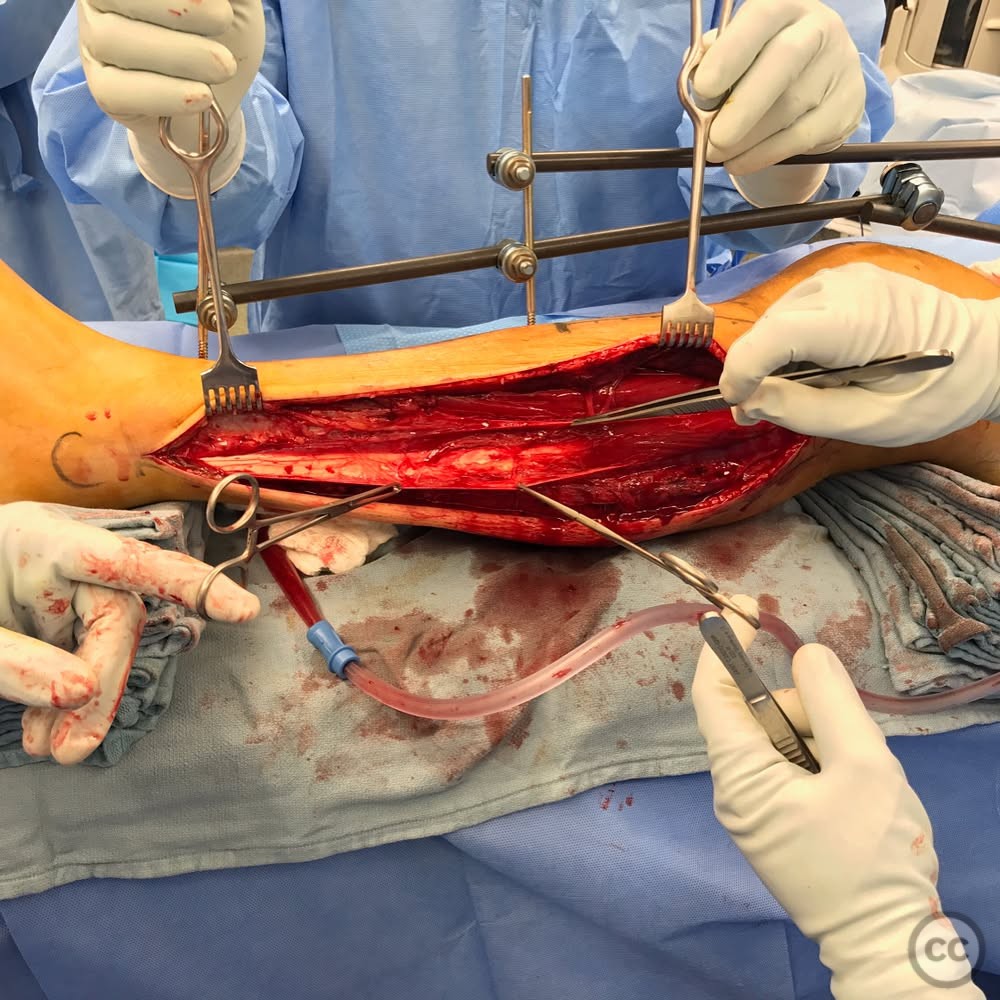
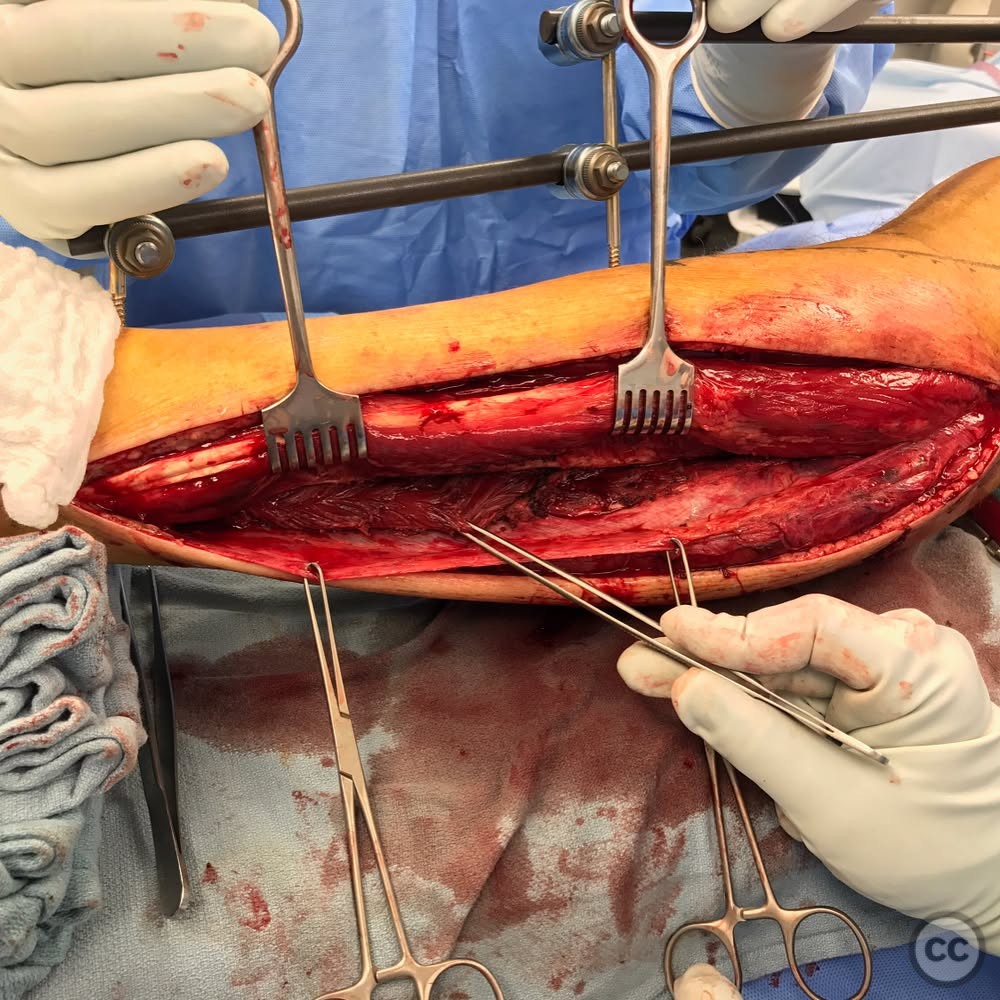
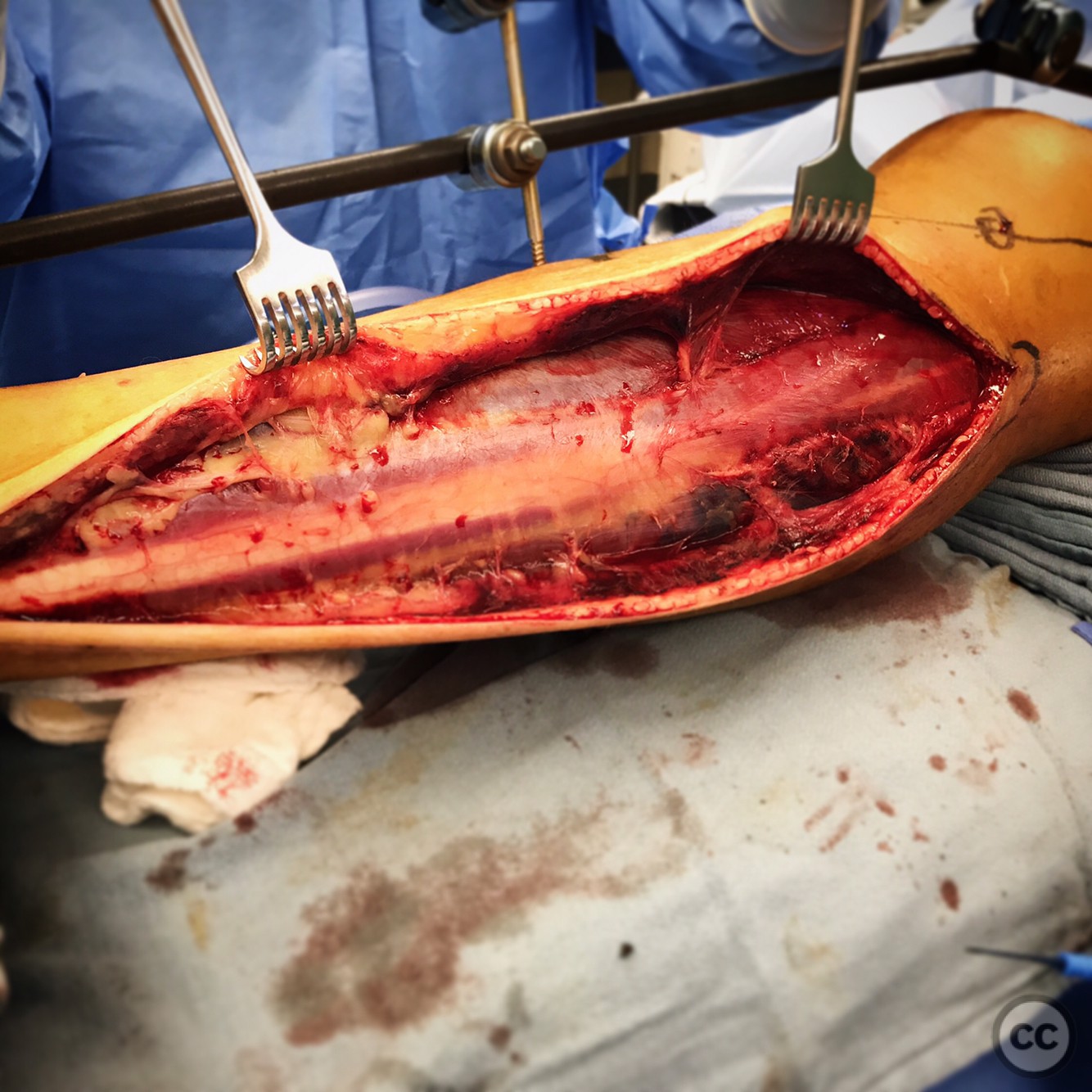
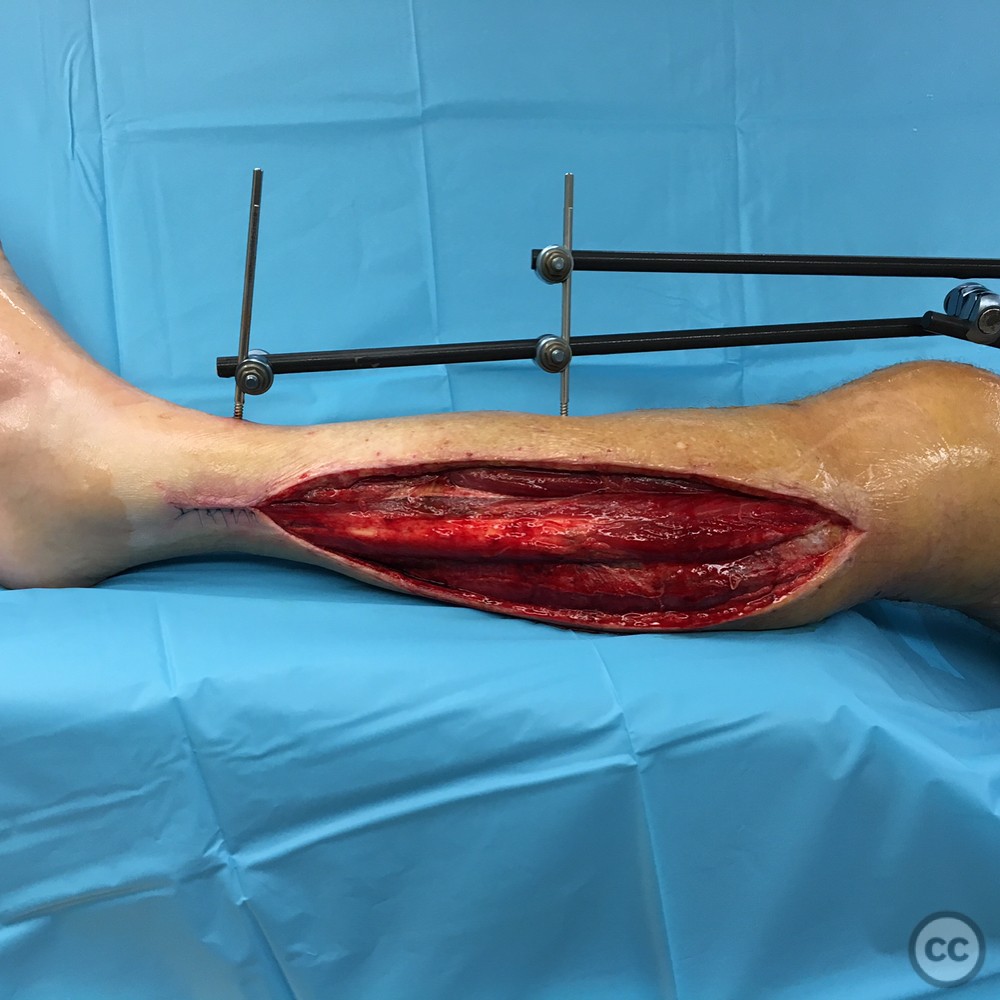
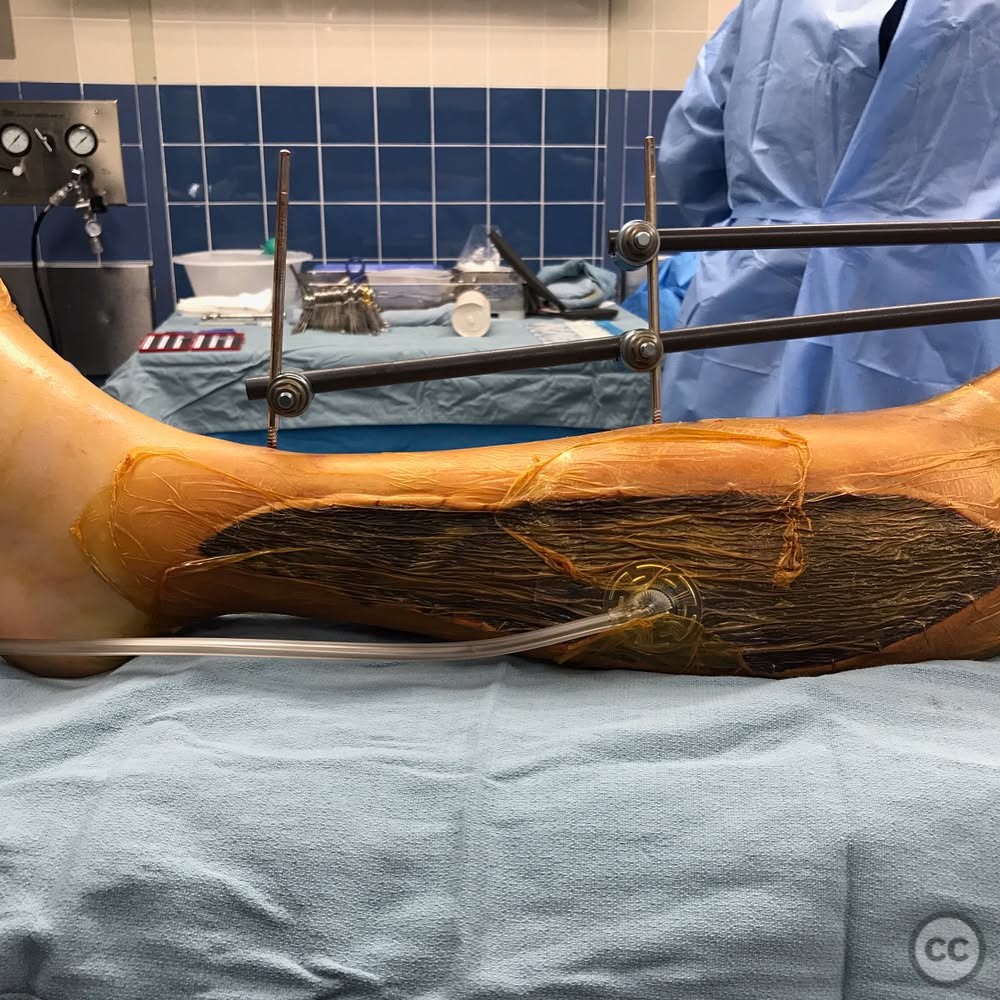

Article viewed 118 times
25 Jul 2025
Add to Bookmarks
Full Citation
Cite this article:
Surname, Initial. (2025). Single Incision Four Compartment Fasciotomy: Anatomical Considerations and Safety. Journal of Orthopaedic Surgery and Traumatology. Case Report 3614613 Published Online Jul 25 2025.